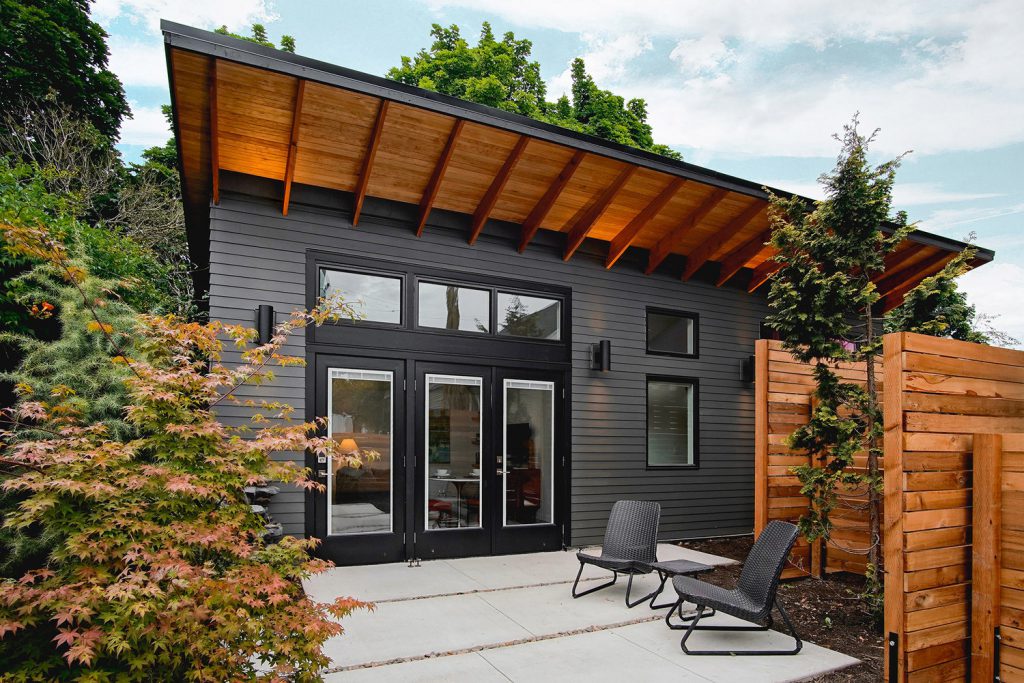In city improvement, one time period has remained a persistent roadblock to progress: NIMBYism, or “Not In My Yard.” Traditionally, NIMBYism has been a big barrier to the implementation of much-needed reasonably priced housing options in lots of communities. Nevertheless, because the demand for reasonably priced dwelling choices continues to rise and modern housing options achieve traction, there’s a glimmer of hope that attitudes towards NIMBYism is likely to be shifting.


The urgent want for reasonably priced housing has catalyzed the emergence of other dwelling choices equivalent to Accent Dwelling Items (ADUs), tiny homes, and manufactured properties. These options provide not solely cost-effective housing but additionally alternatives for sustainable and community-oriented dwelling. As communities grapple with the problem of offering enough housing for his or her residents, there’s rising strain to embrace these various housing options as viable choices.


But, the street to widespread acceptance of other housing just isn’t with out its hurdles. Regardless of the simple advantages they provide, some people and communities stay hesitant to welcome these adjustments into their neighborhoods. Considerations about potential impacts on property values, neighborhood aesthetics, and strains on infrastructure and companies can gas resistance to vary, perpetuating the cycle of NIMBYism.


Overcoming NIMBYism requires a multifaceted strategy that addresses each the necessity for reasonably priced housing and the considerations of native residents. Central to this strategy is fostering open dialogue, selling training, and facilitating collaborative decision-making processes inside communities. By participating residents in significant conversations about the advantages and potential challenges of other housing choices, misconceptions could be dispelled, and customary floor could be discovered.
Moreover, coverage adjustments and incentives at numerous ranges of presidency can play a pivotal position in incentivizing the adoption of other housing options. Native governments can implement zoning reforms to facilitate the development of ADUs and tiny homes, whereas state and nationwide insurance policies can present monetary incentives and regulatory help for reasonably priced housing initiatives. By aligning incentives with the targets of accelerating housing affordability and selling sustainable improvement, policymakers might help overcome resistance to vary and pave the way in which for a extra inclusive and equitable housing panorama.
By fostering dialogue, selling training, and implementing supportive insurance policies, we will work in direction of a future the place reasonably priced housing is not only a dream however a actuality for all.
.
Gary Fleisher is a famend blogger, marketing consultant, and commentator on development and housing tendencies, identified for his insightful evaluation of the business.
The put up Rethinking NIMBYism: Embracing Various Housing for Inexpensive Dwelling appeared first on ModularHomes.com.


